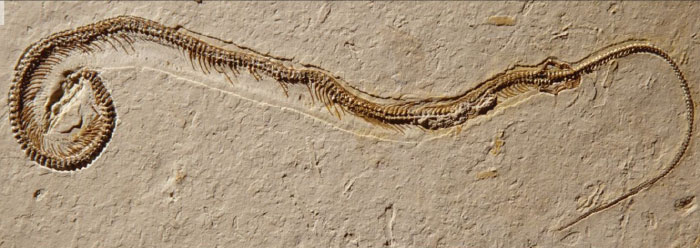Pollen problem

Although such extensions in fossil ranges happen quite often,2 this one negates a long-held dogma of the evolutionary storyline. That is because these fossils would mean that flowering plants were present even at the beginning of the supposed dinosaur era.
Consequently the dioramas in museums, and children’s books on dinosaurs, ought to show flowering plants living at the same time as dinosaurs. To date, however, you would be hard-pressed to find any such plants illustrated, reinforcing the false idea that dinosaurs lived in an entirely different ‘other world’.
These fossils would mean that flowering plants were present even at the beginning of the supposed dinosaur era.
The Bible tells us that the creation of plants (including flowering plants) on Day 3 of Creation Week actually predated the creation of dinosaurs on Day 6. And the rock strata with fossils do not represent the order of appearance and extinction over billions of years as the evolutionary paradigm would claim, but instead reflect the order of burial during and since the global Flood of Noah’s day (Genesis 6–9; cf. Luke 17:26–27), only about 4,500 years ago.No wonder that one finds pollen all the way down in Precambrian strata (supposedly more than a billion years before dinosaurs!).3 Pollen, and many other fossils dramatically ‘out of place’ in relation to evolution’s supposed ‘timeline’, present a major problem to defenders of Darwin’s ideas.
http://creation.com/pollen-problem










